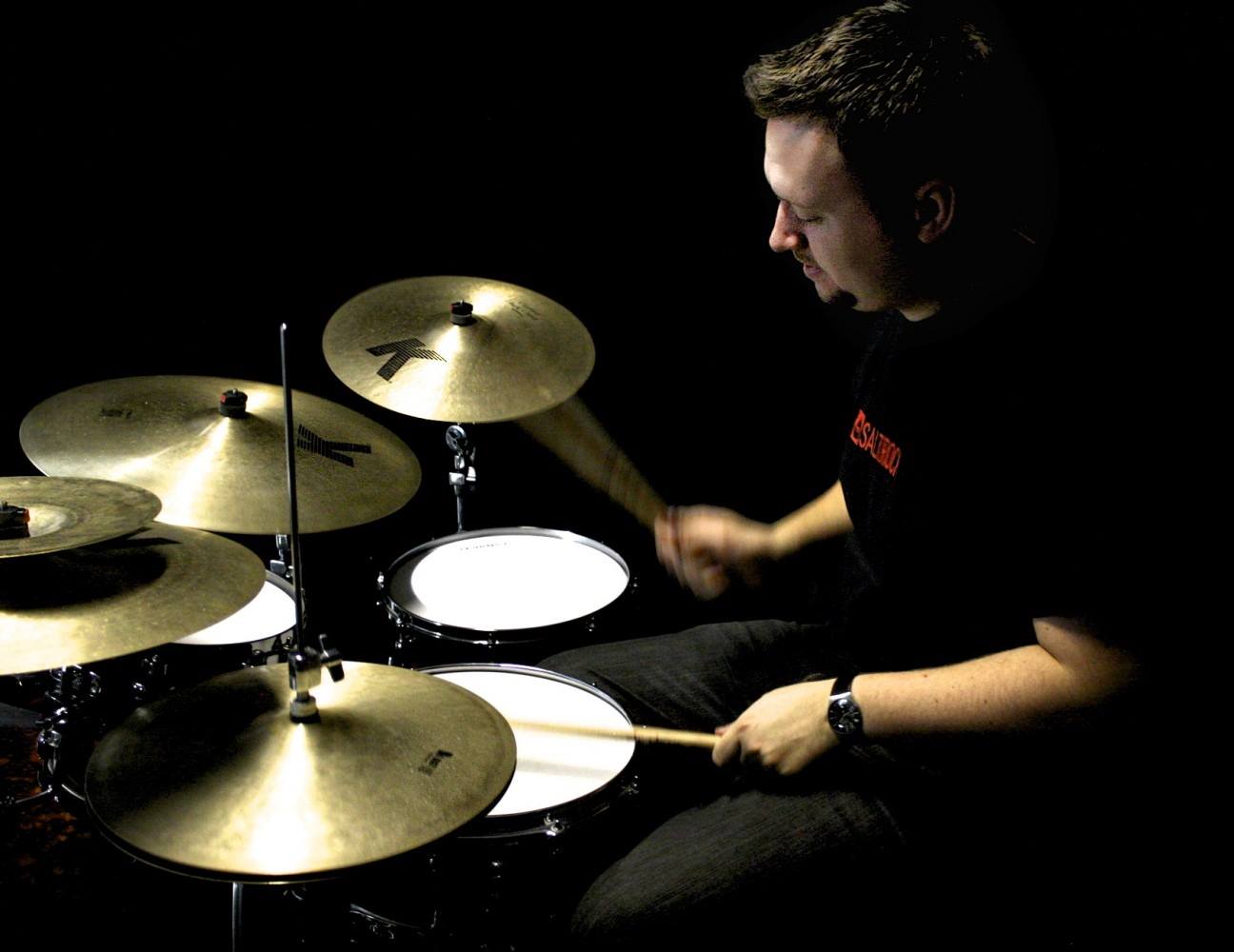Best tambourines 2025: Options for drummers, percussionists and vocalists
Add the thrill of zills to your music with top tambos from LP, Pearl, Rhythm Tech, Meinl and more

Sometimes a tambourine is that missing ingredient that can really enhance a groove and lift a track. From The Beatles’ 'Day Tripper' to Fleetwood Mac’s 'Go Your Own Way' (not to mention the entire Motown Records catalogue), these songs just wouldn’t be the same without one of the best tambourine laying it down.
The tambourine is not only an essential instrument to keep on hand in any recording studio, but it also plays a key role in a dedicated percussion set-up. Alternatively, the humble tambourine is a must-have accessory for anyone fronting a band. Heck, it could even serve as a child’s first instrument. In this guide we’ll be discussing the main considerations for which tambourine is best suited to your needs, and offering our top choices across a range of price points.
We've included some in-depth buying advice at the end of this guide, so if you'd like to read it, click the link. If you'd rather get straight to the products, keep scrolling.
Best tambourines: MusicRadar’s Choice
Our top pick from our list of the best tambourines is the Pearl Ultra Grip. This clever bit of kit ticks all the boxes, resulting in an amazingly versatile instrument. Jingles can be individually muted enabling players to dial in the desired sound and it also features a quick-release mount for easy setup.
And we couldn’t possibly leave out the classic Rhythm Tech RT1010 model which was the original half-moon shaped headless tambourine. This revolutionary shape paved the way for the majority of styles we see on the market today, and it remains a drum and percussion staple.
Best tambourines: Product guide

1. Pearl Ultra Grip Tambourine
Our expert review:
Specifications
Reasons to buy
Reasons to avoid
This incredibly versatile tambourine from Pearl allows each pair of jingles to be individually muted via a movable washer on each set. With a total of 12 pairs of jingles arranged in a double row, this offers countless combinations, including the ability to limit the jingles to a single row if desired.
Pearl’s QuickMount holder allows for the tambourine to be played in a mounted position or simply removed with a flick of the wrist for a more traditional hand held playing position. The ergonomic grip has grooves cut out for each finger to offer comfort and stability. We found that it wasn't ideal for particularly large or small hands, but should be comfortable for most.
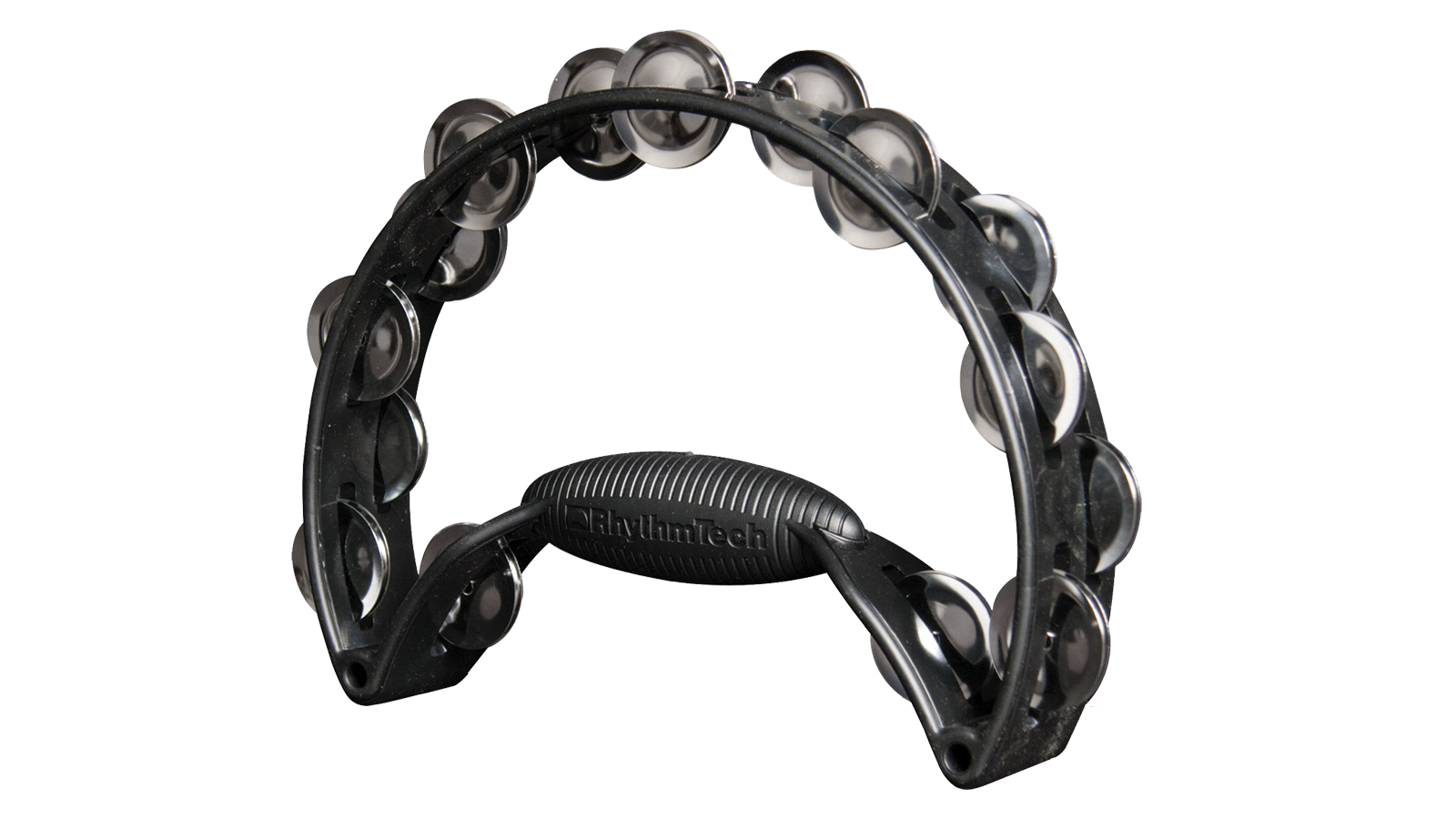
2. Rhythm Tech RT1010 Tambourine
Our expert review:
Specifications
Reasons to buy
Reasons to avoid
The Rhythm Tech tambourine has become the go-to for many players since its original release in the 1980s. The American company were the first to develop a crescent shaped tambourine, enabling the hand to be positioned more centrally, greatly reducing fatigue during longer sets.
Featuring eight double rows of bright and cutting nickel zills, the classic Rhythm Tech tambo is available in a large range of colours including black, white, red, blue, yellow, pink, purple and glow-in-the-dark. There is also a drumset version which features a fixed mounting bracket.
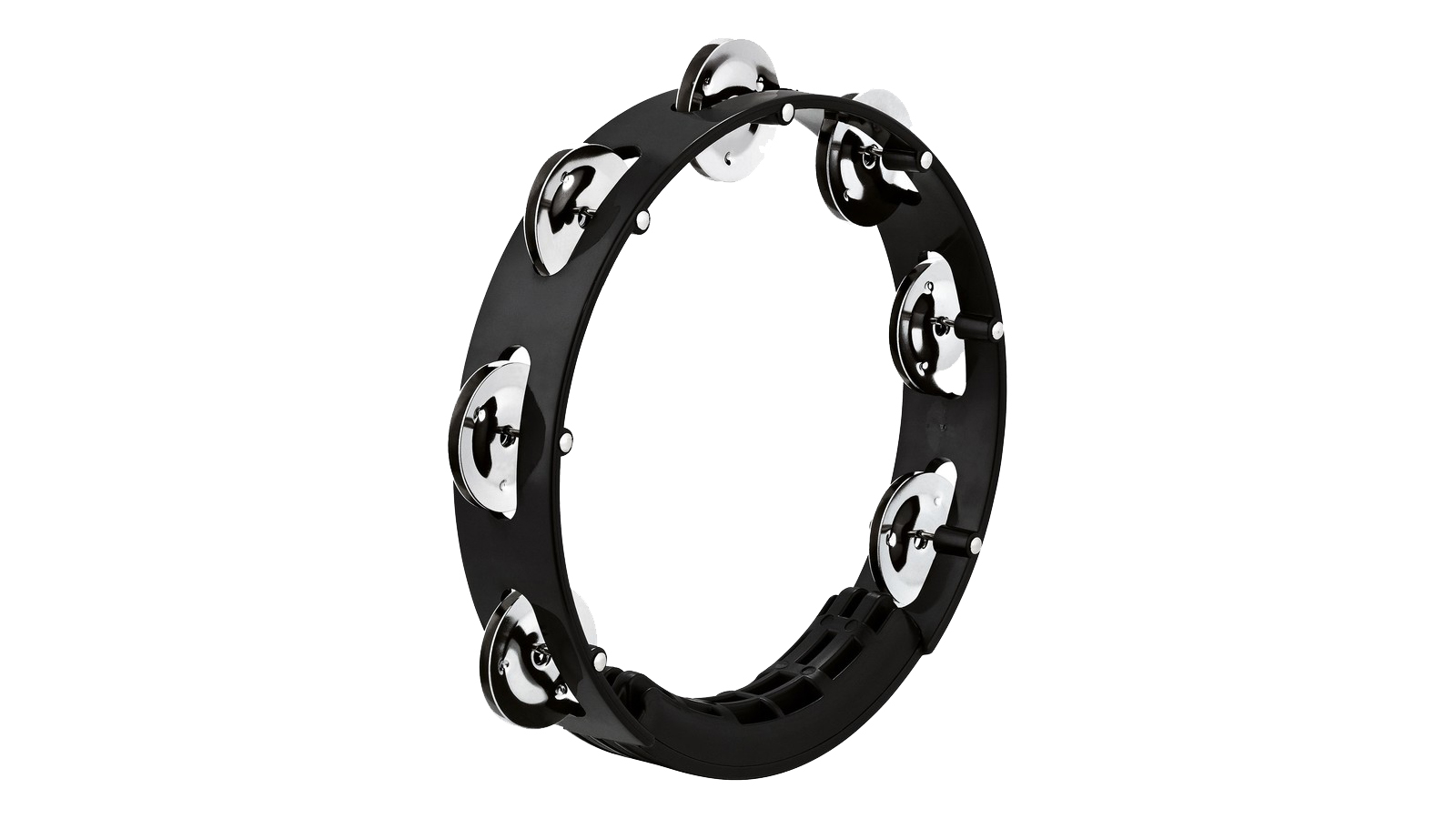
3. Meinl Tour Tambourine
Our expert review:
Specifications
Reasons to buy
Reasons to avoid
Considering Meinl’s pedigree as a top cymbal and percussion brand, its Tour Tambourine is an amazingly wallet-friendly option. The circular frame is constructed from ABS plastic and the jingles are nickel silver plated steel for bright, sharp sounds.
The smaller 8” version features a single row of seven jingle pairs while the larger 10” model has a double row of eight for a total of 16 pairs. Each model is available in black, red or white finishes.
The thin yet durable frame makes the Tour a lightweight option and the extra wide handle offers a comfortable grip.
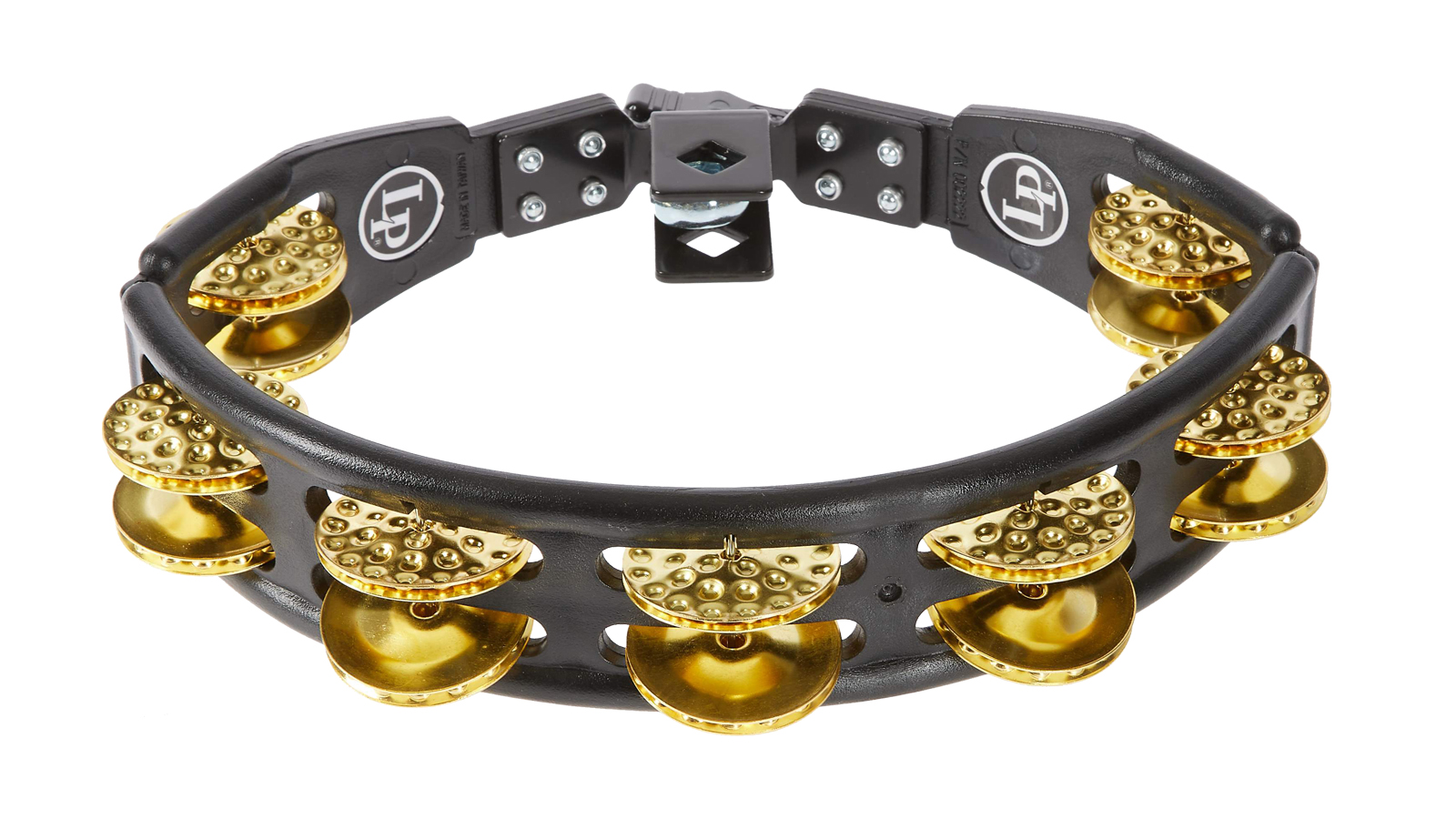
4. Latin Percussion Black Cyclops Tambourine
Our expert review:
Specifications
Reasons to buy
Reasons to avoid
Latin Percussion (LP) is a giant in the percussion world and this high quality tambourine is an example of why. The Black Cyclops features 14 pairs of hand-hammered brass jingles arranged in double rows which deliver “a distinctly warm yet cutting sound that projects in any percussive mix”.
LP’s patented pinning system ensures that the jingles stay in place no matter how vigorously shaken. The tambourine also features an ultra-comfort textured handle and its patented shape makes it easier to play over long periods of time.

5. Keo Percussion Half Moon Tambourine
Our expert review:
Specifications
Reasons to buy
Reasons to avoid
From the sister company of high-end drum manufacturer British Drum Co., Keo Percussion, comes this unique offering. The all-wooden body is constructed using a high-density fibreboard – meaning it can be super thing yet retain strength.
This beautifully crafted tambourine features nine pairs of jingles for a shimmering sound and laser-cut birch handle strips in addition to a laser-cut Keo logo at its centre.
The Keo Tambourine is also designed to be used in addition to a drum kit set-up, which makes sense considering its shape and profile.
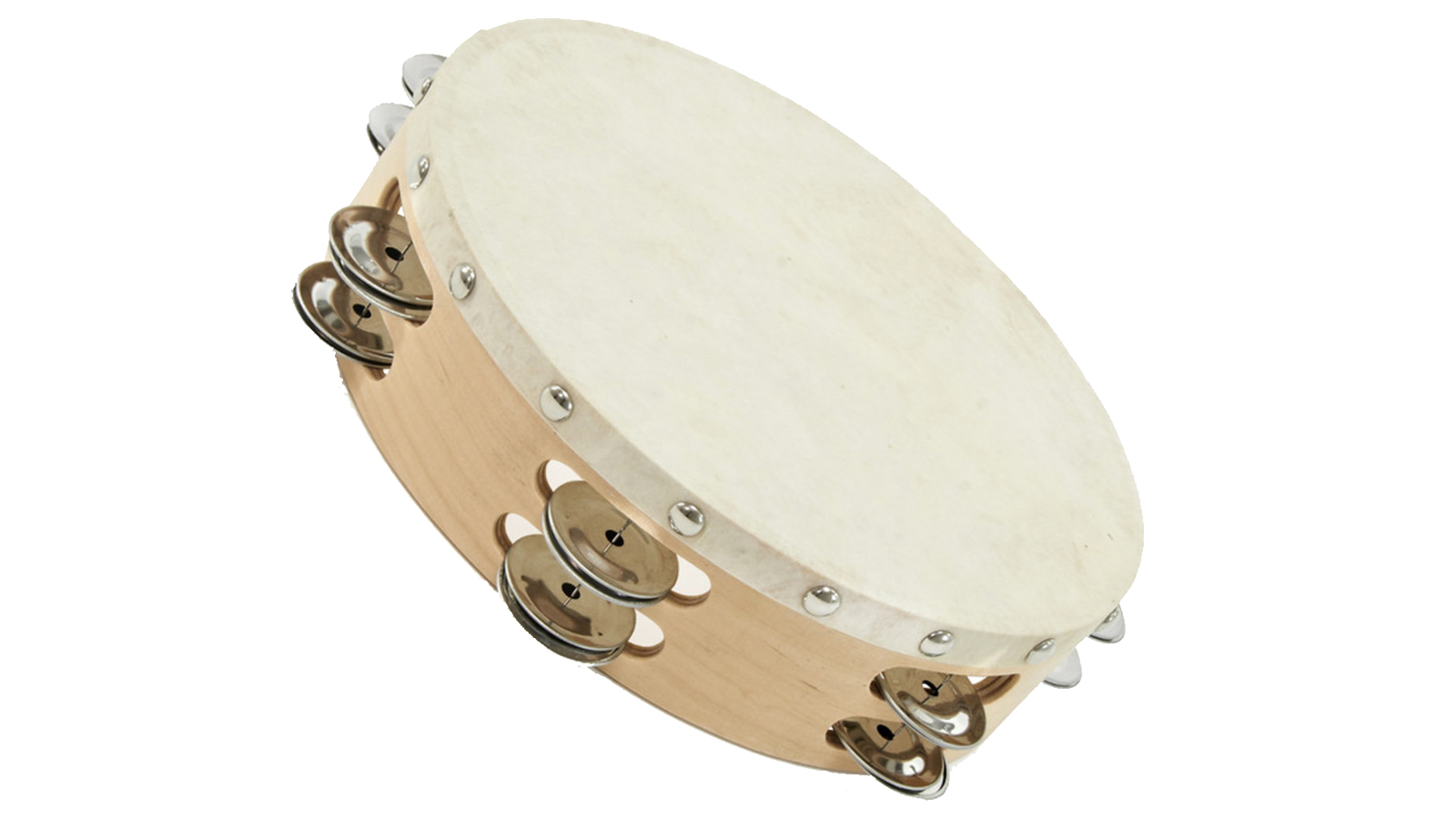
6. Gear4Music 6” Tambourine
Our expert review:
Specifications
Reasons to buy
Reasons to avoid
This small 6” traditional tambourine features a synthetic head pinned in a fixed position. A single row of four jingles give this a much more subtle sound than the other examples in this best tambourines guide.
The drumhead offers versatility in playing style, making this a fun option for young children exploring rhythm for the first time.
Its sturdy wooden frame should afford it a long life despite the low price tag.
Best tambourines: Buying advice

Choosing the best tambourine for you
MusicRadar's got your back
To the uninitiated a tambourine is simply a tambourine, but like any other musical instrument, they can vary enormously across a range of factors. Originally the tambourine was devised as a single-headed wooden drum with slots cut out from the shell to accommodate small pairs of cymbals called ‘zills’ (also referred to as jingles). These classic style tambourines are still commonplace within many styles of music and are regularly found in orchestral settings or worship groups.
Headless tambourines are more typically found in contemporary music which, as the name suggests, eschew the traditional drumhead element leaving just the frame and jingles.
More modern tambourines tend to use a crescent shape to make playing less fatiguing, but circular ones are still around.
In terms of materials, we generally have a choice of wood or plastic for the frame which often features a rubber or foam grip for playing comfort. There will be some tonal difference between the two but the main variable in sound will be the jingles – what they are made of and how many of them are used. Typically the jingles are steel but are also found in aluminium, nickel or brass. These are then arranged in single or double rows. Generally, the more pairs of jingles, the louder the tambourine will be.
One other consideration is whether the tambourine is hand-held or mounted. A drummer for instance would benefit from a mounted type, incorporating it into a kit set-up. Some actually offer removable mounts which could be great for mounting to mic stands or for keeping your playing options open.
Find out more about how we test music gear and services at MusicRadar.
Related buying guides
- Take a look at our pick of the best ukuleles
- Check out the best beginner electronic drum sets
- Hit stuff with the best drumsticks
- The best bass drum pedals for every budget
Want all the hottest music and gear news, reviews, deals, features and more, direct to your inbox? Sign up here.
Tom is a professional drummer with a long history of performing live anywhere from local venues to 200,000 capacity festivals. Tom is a private drum tutor, in addition to teaching at the BIMM Institute in Birmingham. He is also a regular feature writer and reviewer for MusicRadar, with a particular passion for all things electronic and hybrid drumming.
